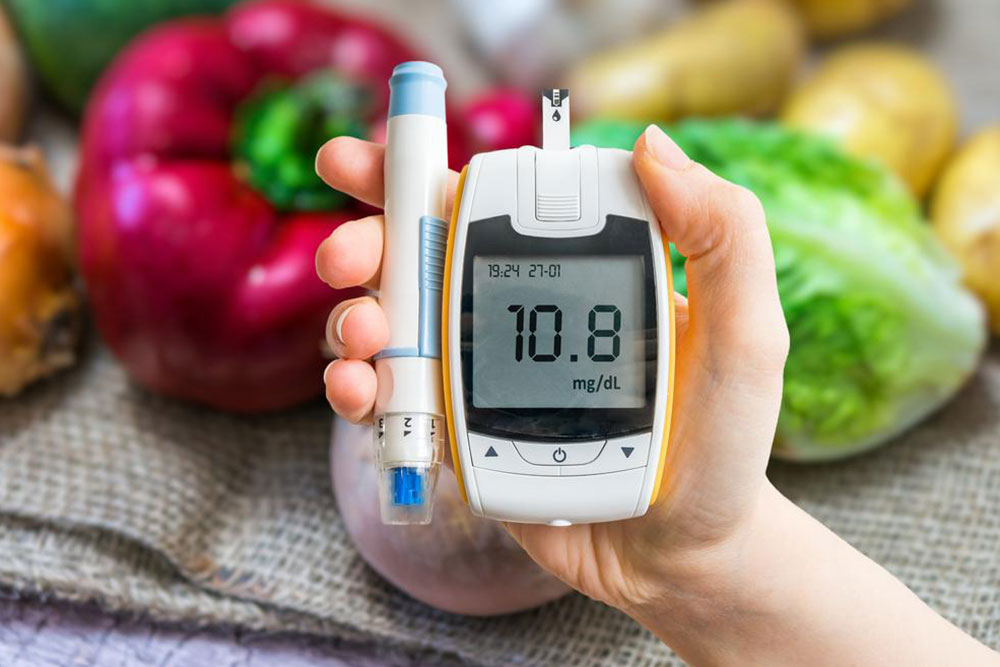Comprehensive Guide to Diabetes: Symptoms, Management, and Treatment Strategies
This comprehensive guide offers an in-depth look at Type 1 diabetes, including its symptoms, progression, and management strategies. It explores the autoimmune nature of the disease, common signs to watch for, and detailed insulin therapy options. Practical tips for insulin administration, storage, and side effect management are included, helping individuals better understand how to control their condition effectively. With ongoing advances in treatment technology, people living with diabetes can achieve better health outcomes and improved quality of life through informed and personalized care.

Comprehensive Guide to Diabetes: Symptoms, Management, and Treatment Strategies
In-Depth Overview of Type 1 Diabetes
Type 1 diabetes is a chronic autoimmune condition where the body's immune system mistakenly targets and destroys the insulin-producing beta cells located in the pancreas. This destruction hampers the body's ability to produce insulin, the hormone essential for regulating blood sugar levels. As a consequence, individuals with Type 1 diabetes depend on lifelong insulin replacement therapy to manage their condition. Despite extensive research, the precise reasons why the immune system attacks these cells remain elusive; however, scientific evidence points to a combination of genetic predispositions and environmental influences. Key immune cells, notably CD4 and CD8 T lymphocytes, play a central role in identifying beta cells marked by specific antibodies and subsequently eliminating them, leading to the disease's progression.
The Progression and Development of the Disease
Before clinical symptoms are observable, there exists a pre-diabetic or insulitis phase characterized by increased activity of the immune system against pancreatic beta cells. During this period, immune markers such as Glutamic Acid Decarboxylase (GAD) antibodies, Islet Cell Antibodies (ICA), and Insulin Autoantibodies (IAA) become detectable, signifying ongoing autoimmune activity. The body's immune response gradually diminishes the beta cell population. When approximately 75% or more of these cells are destroyed, insulin production drops significantly, especially once beta cell function falls below a critical threshold—about 25%. This decline results in persistent high blood glucose levels, officially diagnosing diabetes and requiring immediate intervention.
Recognizing the Key Symptoms of Type 1 Diabetes
Early detection of diabetes hinges on recognizing its common symptoms, which can often be subtle or mistaken for other illnesses. Typical signs include frequent urination, especially during night hours, and an unintentional loss of weight despite normal or increased food intake. When blood sugar levels become dangerously high, individuals often experience extreme thirst and persistent hunger, feeling insatiable even after meals. Visual disturbances like blurred vision develop due to fluctuating blood glucose levels affecting the eye's lens. Persistent fatigue, nausea, vomiting, and increased susceptibility to skin, urinary tract, and vaginal infections are also prevalent. The classic triad of symptoms—represented by the acronyms "3 P’s"—are Polyuria (excessive urination), Polydipsia (excessive thirst), and Polyphagia (increased hunger). The elevated blood sugar causes dehydration and stimulates hunger signals, prompting more urination as the body tries to rid itself of excess glucose.
Strategies for Managing and Treating Type 1 Diabetes
Once diagnosed, managing Type 1 diabetes necessitates comprehensive lifelong treatment, primarily based on insulin therapy. Insulin replacement aims to mimic physiological insulin release, maintaining blood glucose within target ranges to prevent both hyperglycemia and hypoglycemia. Typically, initial insulin dosing is calculated based on body weight, with standard starting doses ranging from 0.4 to 1.0 units per kilogram daily. Insulin therapy can be administered through various formulations—long-acting, intermediate, short-acting, or rapid-acting—allowing for tailored regimens suited to individual needs. A common approach involves basal-bolus therapy, where a long-acting basal insulin covers baseline needs, and rapid-acting insulin is used at mealtimes to manage postprandial glucose spikes.
Calculating Personalized Insulin Doses
For a patient weighing 60 kg requiring 0.5 units/kg/day: the total daily dose is calculated as 30 units.
Typically, half of the dose (15 units) is long-acting insulin to provide background coverage.
The remaining dose is divided into multiple bolus injections—often three doses—before meals, approximately 5 units each, adjusted based on blood sugar readings and carbohydrate intake.
Tips for Safe and Effective Insulin Administration
Inject insulin at a 90-degree angle to ensure proper absorption; hold the syringe in place for about 10 seconds before removing.
Choose common injection sites such as the abdomen, thighs, arms, and buttocks; rotate injection sites within these areas to prevent tissue damage and ensure consistent insulin absorption.
Avoid using the same site continually to minimize lipohypertrophy and skin issues.
Proper Storage and Handling of Insulin
Unopened insulin should be stored in the refrigerator to maintain potency.
Once opened, insulin can typically be kept at room temperature for up to 30 days, reducing discomfort during injections.
Always protect insulin from direct sunlight, excessive heat, and freezing temperatures.
Potential Side Effects and Precautions
Hypoglycemia, caused by excessive insulin doses, missed meals, or increased physical activity, is a common risk requiring prompt recognition and treatment.
Weight gain can occur if insulin doses are not carefully managed or diet is not monitored.
Proper rotation of injection sites helps prevent skin complications such as lipohypertrophy or lipoatrophy.
Understanding the complex nature of diabetes and its management can greatly improve quality of life for those affected. Regular monitoring of blood glucose levels, maintaining a balanced diet, engaging in appropriate physical activity, and adhering to prescribed insulin regimens are essential components of effective disease control. Advances in insulin delivery technology, such as insulin pumps and continuous glucose monitoring systems, continue to enhance patient outcomes and simplify daily management routines. Education and consistent medical supervision are crucial for adapting treatment plans and managing potential complications, ensuring a healthier, more balanced life for individuals living with diabetes.





